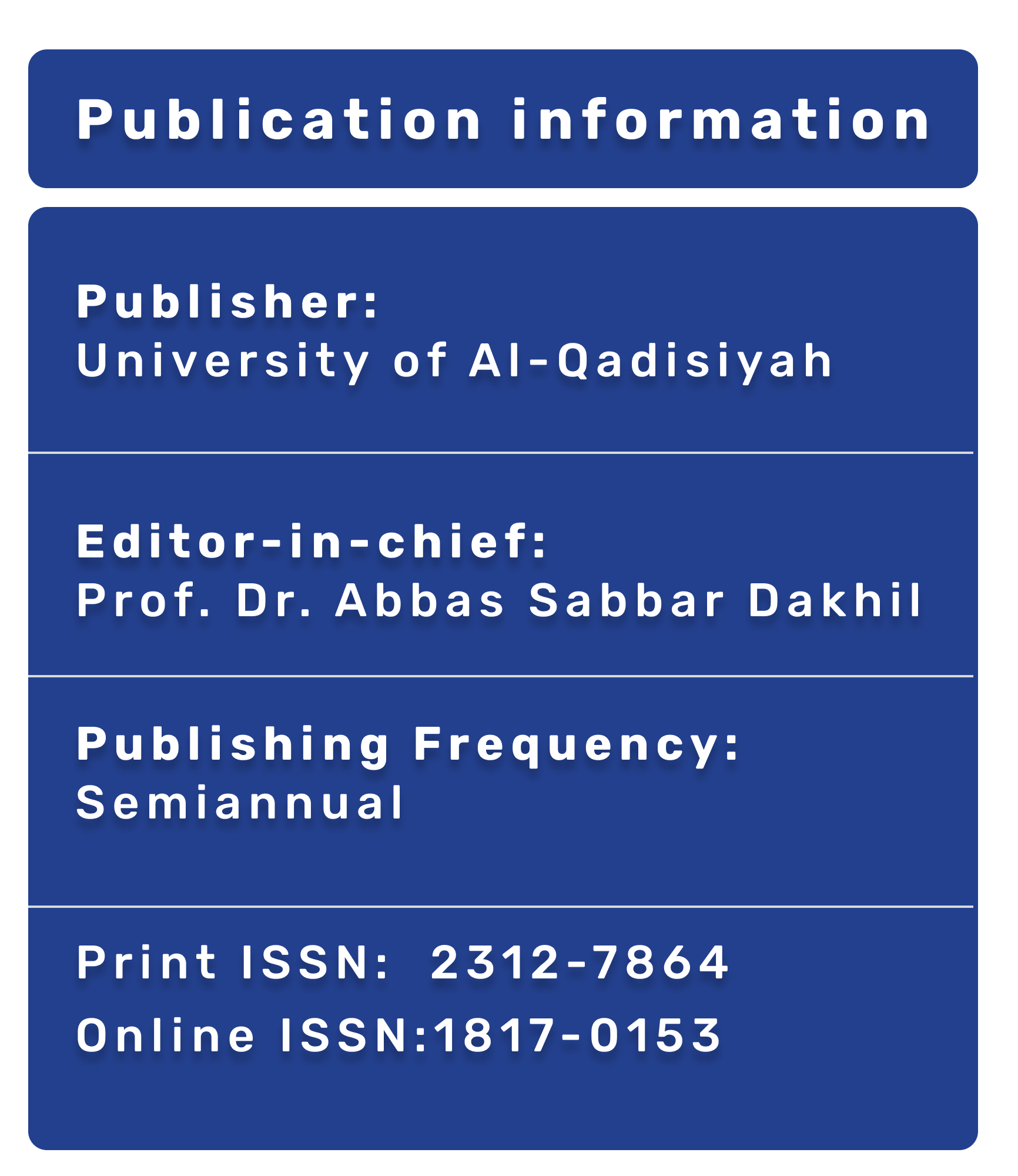PCNL under Ultrasound Guidance only in Al Diwaniya Teaching Hospital
DOI:
https://doi.org/10.28922/qmj.2017.13.23.80-91Keywords:
Ultrasonography, Percutaneous Nephrolithotomy (PCNL),, Renal Stone, Staghorn Stone, FlouroscopyAbstract
Background: Urinary stone disease is a major health care problem due to its
high prevalence and incidence. Percutaneous Nephrolithotomy (PCNL) is the preferred approach to large stones, stones in the lower pole, or stones that are resistant to less invasive technology. Fluoroscopy is commonly used imaging technique during PCNL. We evaluated the safety and efficacy of ultrasound guided PCNL for treatment of renal stones.
Aim of the study: to assess the safety and efficacy of ultrasound guided, as an alternative to radiographic guided, percutaneous nephrolithotomy in Al Diwaniyah Teaching Hospital.
Patients & Methods: 100 patients (62 males and 38 females) with renal stones were admitted to Al Diwaniya Teaching Hospital, urology unit were enrolled in this study From October 2013 to October 2015 All patients were evaluated by history, physical examination, laboratory investigation. The stone size, site, side, opacity and degree of obstruction were assessed by preoperative radiographic imaging studies, including IVU, ultrasound and computerized tomography (CT scan). PCNL has been performed under ultrasound guidance.
Results: The study revealed that the mid pole calyx was most commonly punctured (73%). Complete stone clearance was (84%). The average operative time was 71 ± 7.4 (45–110) minutes. The mean hospital stay was 3 ± 0.2 (2-5) days. With dual therapy (PCNL + ESWL/URS), stone clearance was (100%). No serious complications were encountered during the study.
Conclusion: PCNL under ultrasonography guide is an effective and safe method for renal stone treatment and is preferably replaced PCNL under fluoroscopic guidance.








